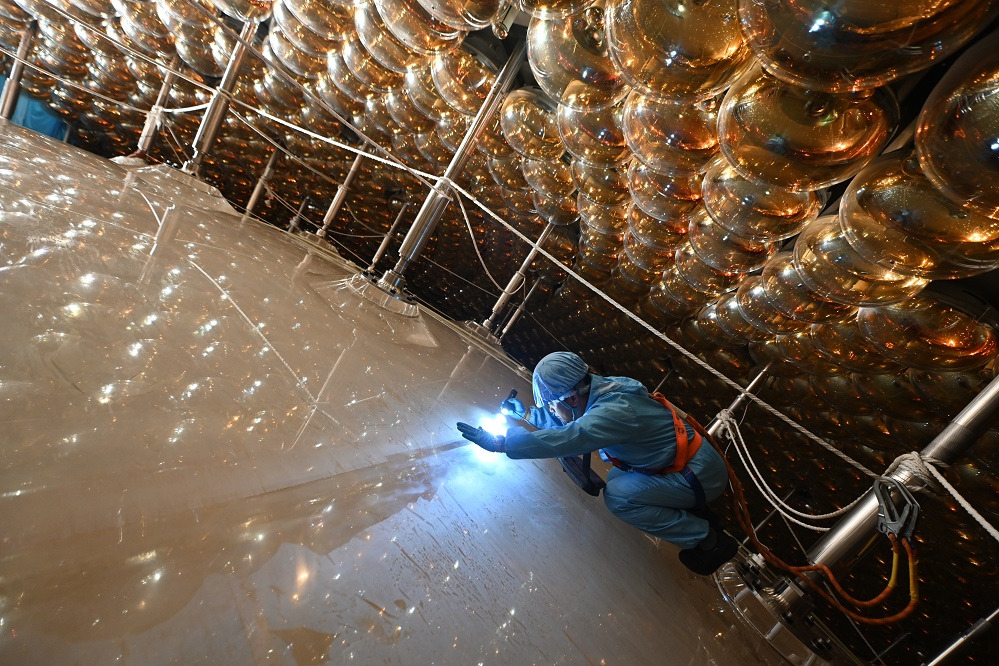Sichuan Paleolithic site offers further clues to human cultural evolution

CHENGDU — A rich collection of artifacts has been unearthed from a large Paleolithic site in Southwest China's Sichuan province, marking a major breakthrough in China's Paleolithic archaeology.
Located in Xiangshan township of Suining, the Taohuahe site is composed of two separated areas, with one covering over 90,000 square meters, according to Zheng Zhexuan, leader of the archaeological team from the Sichuan Provincial Cultural Relics and Archaeology Research Institute.
Preliminary estimates suggest that the site dates back between 50,000 and 200,000 years.
Hundreds of stone artifacts such as hatchets and scrapers, and dozens of fossils of deer, cattle, horses and other herbivores, have been unearthed at the site.
Archaeologists say the site is clearly stratified, with densely distributed stone tools revealing three consecutive periods of Paleolithic culture.
"The well-preserved site provides rich information in areas such as geological conditions, geomorphological characteristics, the living environment of ancient humans and their behavior," says Gao Xing, a researcher from the Institute of Vertebrate Paleontology and Paleoanthropology of the Chinese Academy of Sciences.
This information will help reveal the sequence of cultural evolution over a specific time period in the region, Gao adds.
The Taohuahe site was discovered in June 2022 during an archaeological investigation, and excavation work started a month later.
Xinhua
Today's Top News
- A misjudgment of situation in the first place, destabilizing AUKUS deal may bite the dust: China Daily editorial
- Welcome would be welcomed if sincere: China Daily editorial
- Xi and his wife meet Cambodian King, Queen Mother
- Xi meets Russian State Duma chairman
- Parade a tribute to Chinese people's sacrifices in WWII
- SCO will strongly uphold multilateralism






























